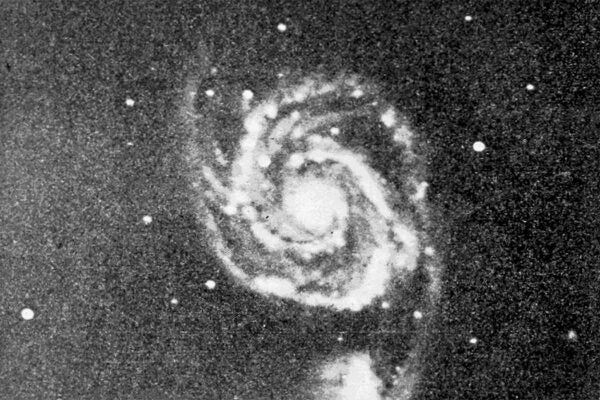For many people, the most satisfying hobbies combine creativity, a certain amount of mental rigor, and the creation of a useful product. As historian Katherine Allen explains, that was also true for elite women in eighteenth-century England who pursued scientific inquiry by distilling products for medicinal use.
At the time, Allen writes, medicinal “waters” were common treatments for all sorts of ailments. Most were simple infusions of plant material, but distilled remedies were also common. There were distilled cordials for treating digestive complaints caused by overindulgence and “distilled waters” including snail water and milk water for treating consumption and plague. Some of these remedies were used as cure-alls. One seventeenth-century recipe collection praised horse-dung water as “being admirable for all diseases whatsoever.”
For eighteenth-century aristocratic society, there were a number of reasons that the production of these cures was seen as a suitable activity for ladies. For one thing, longstanding tradition put women in charge of the household brewing of beer and production of spirits. And, in the Early Modern period, one aspect of noblesse oblige was that aristocratic households were expected to provide charitable medical care to those around them, which generally included the in-house production of cures.
Allen notes that all this was changing by the eighteenth century. New “economically rational” systems called for elites to make donations to institutions specifically set up to provide charitable care rather than providing it directly. And commercial distilling operations were making home distilling unnecessary.
But, at the same time, small-scale distilling operations were a key element of experiments conducted by natural philosophers, including the fellows of the Royal Society. Women were excluded from that number, and from academic institutions generally. But elite society did consider certain types of scientific inquiry, particularly botany, to be suitable pastimes for ladies. Distilling cures at home, often from vegetable matter, provided a respectable way for women to participate in experimentation. Indeed, this work was sometimes described as “kitchen-physic” or “ladies chemistry.” The seventeenth-century poet Margaret Cavendish is also said to have compared the work of experimental philosophers to household medicine production.
Weekly Newsletter
All these trends coalesced in a version of home distillation that, Allen writes, was “primarily a leisure pursuit that might have been used to supplement a family’s medical treatment.” She argues that the women who participated in the work did so out of “experimental aptitude and an interest in both the written tradition of distillation recipes and the technical process itself.”
Notes added to distillation recipes showed that women experimented with alternative methods and modified the techniques over time. Some suggest mishaps that a writer encountered. One notes the need for a very strong glass “for if it be not strong it will fly to pieces.”
“For some women, distillation as a process was not a means to an end product, but an enjoyable and stimulating empirical activity in its own right,” Allen concludes.







